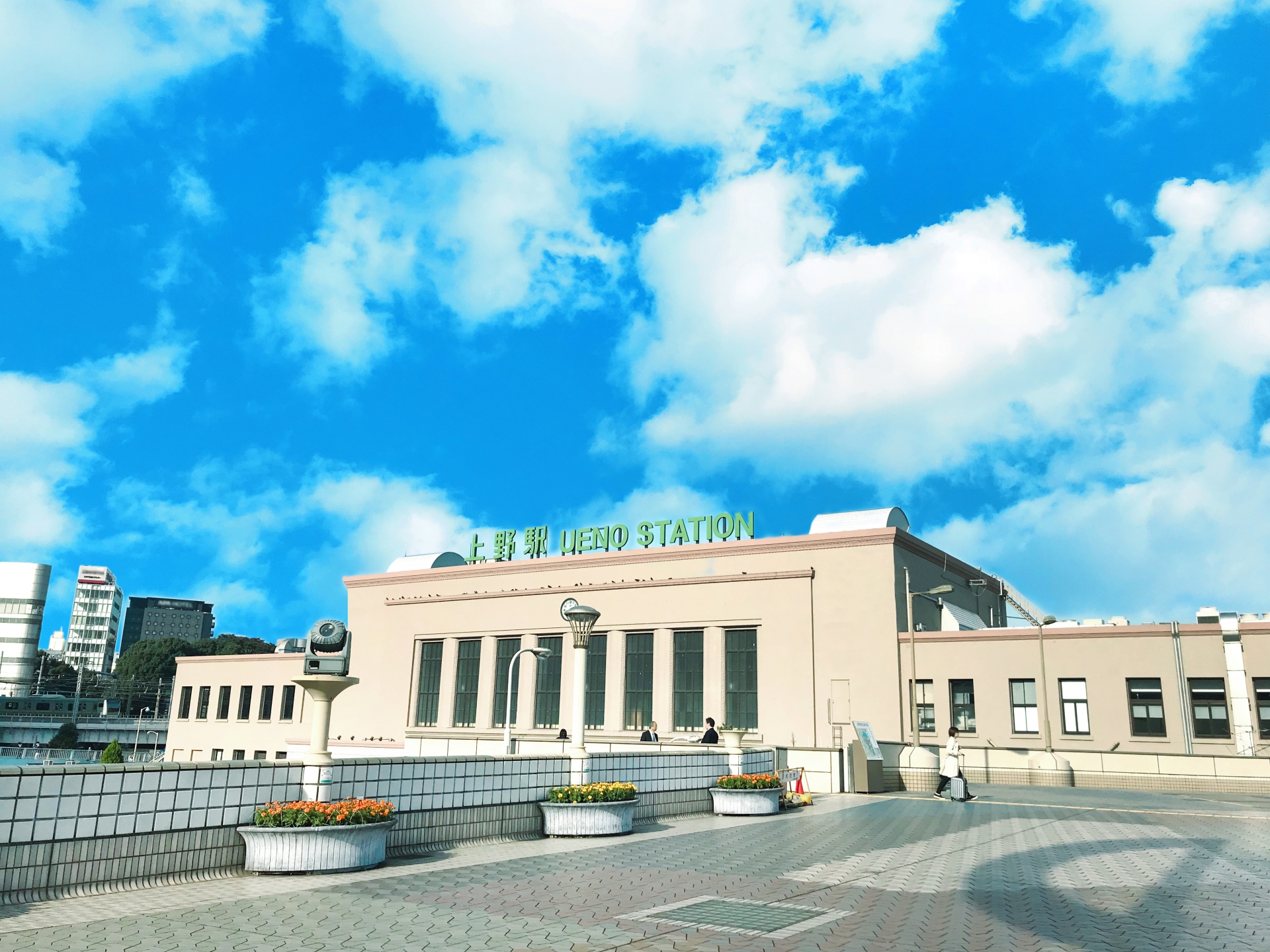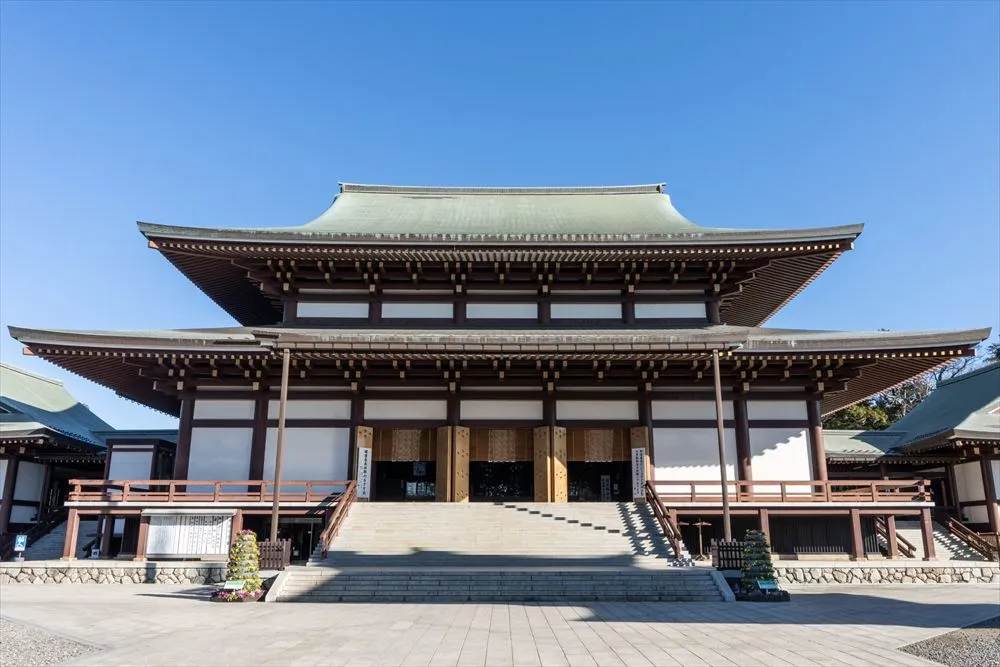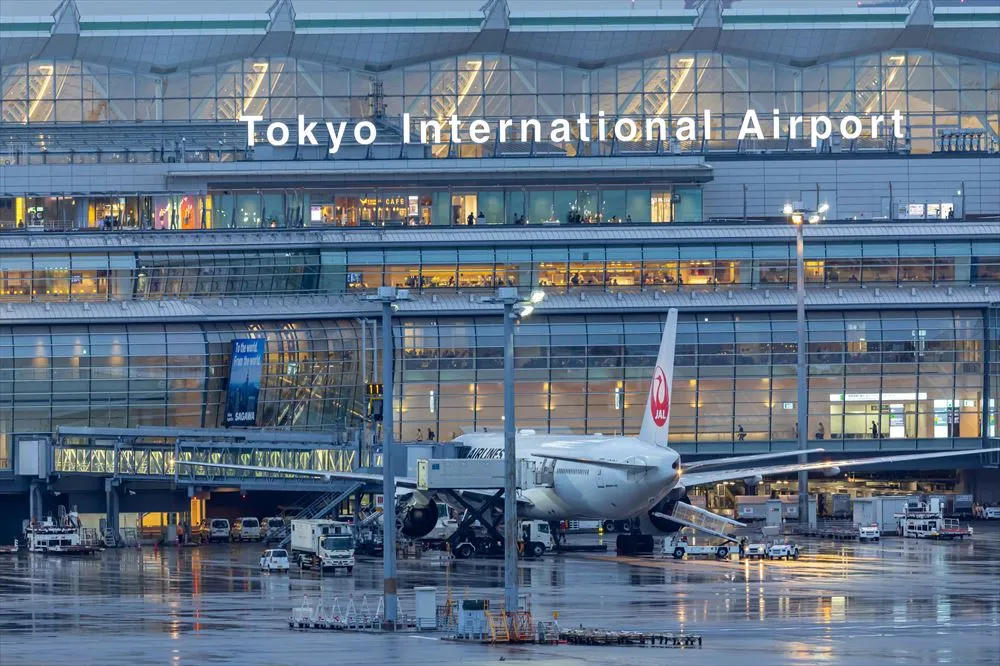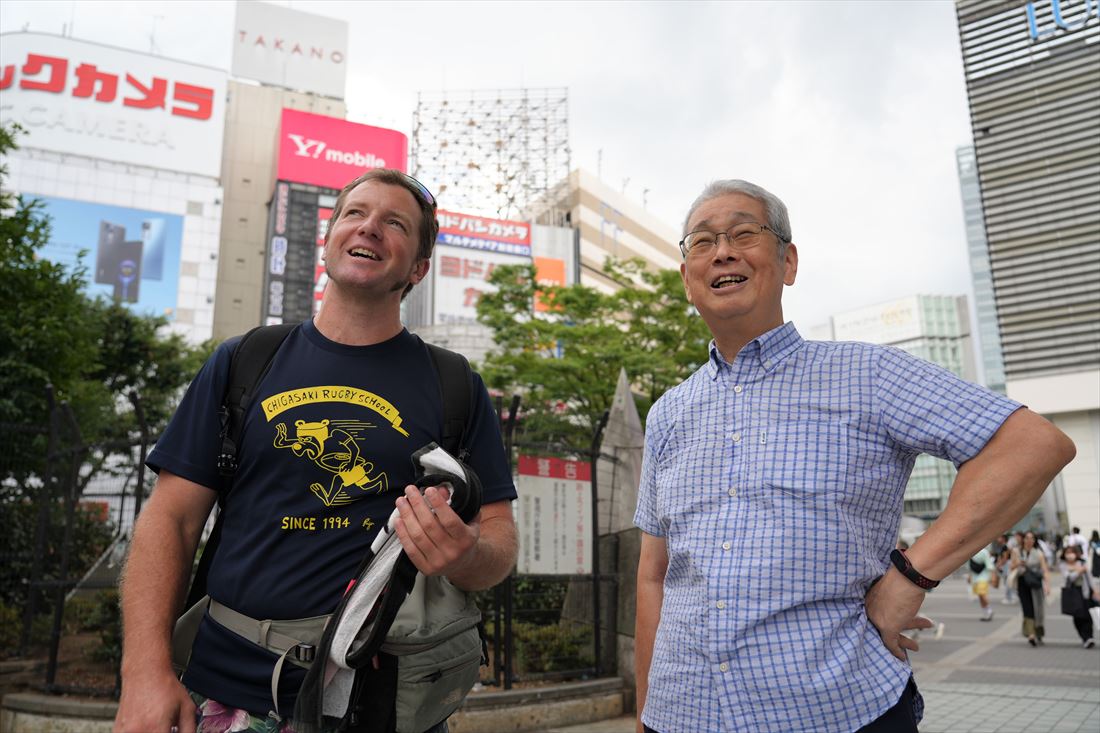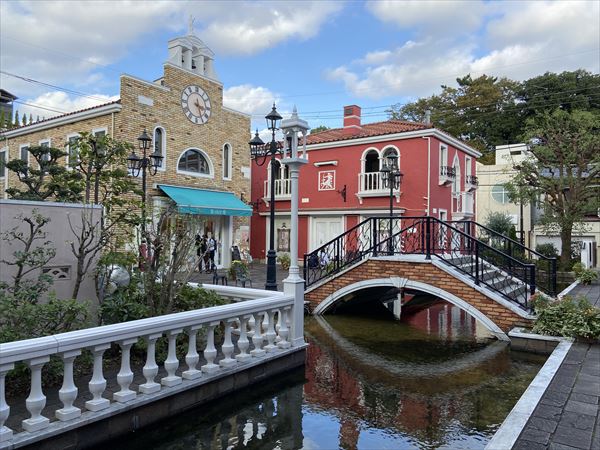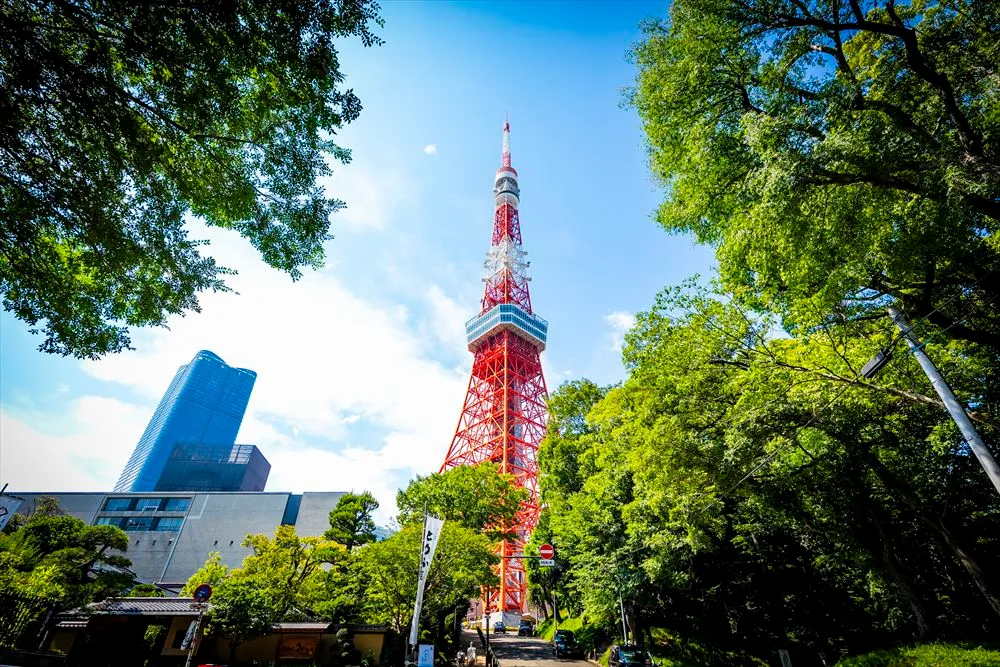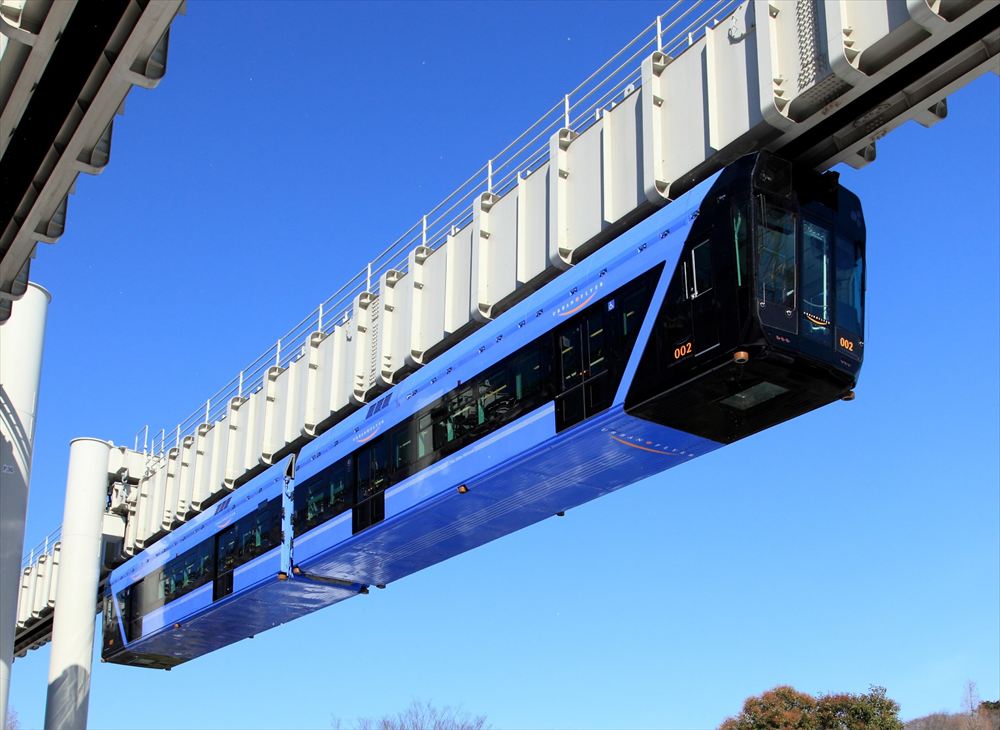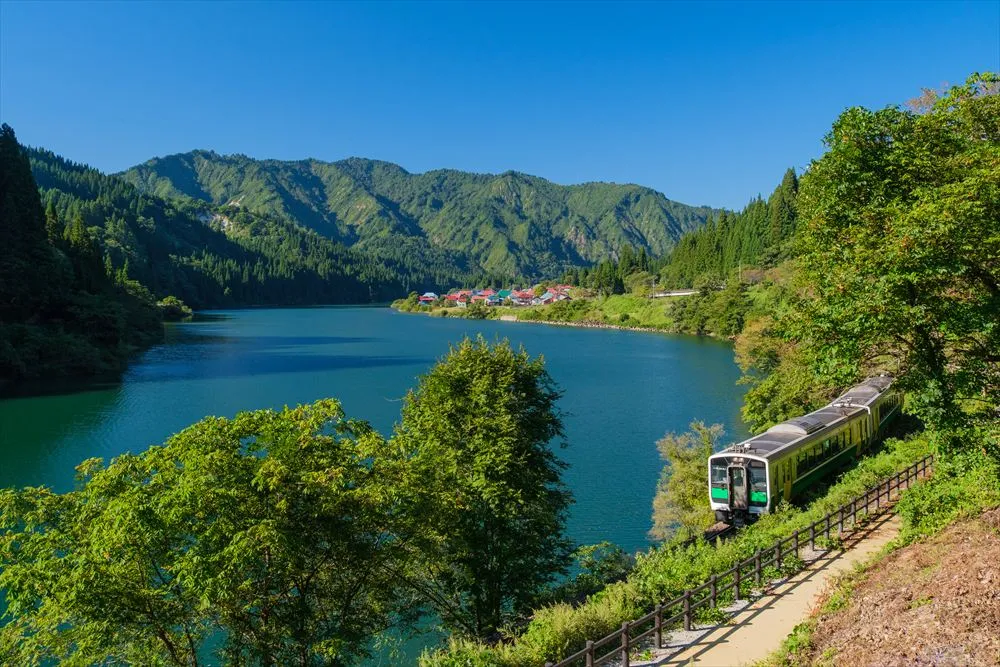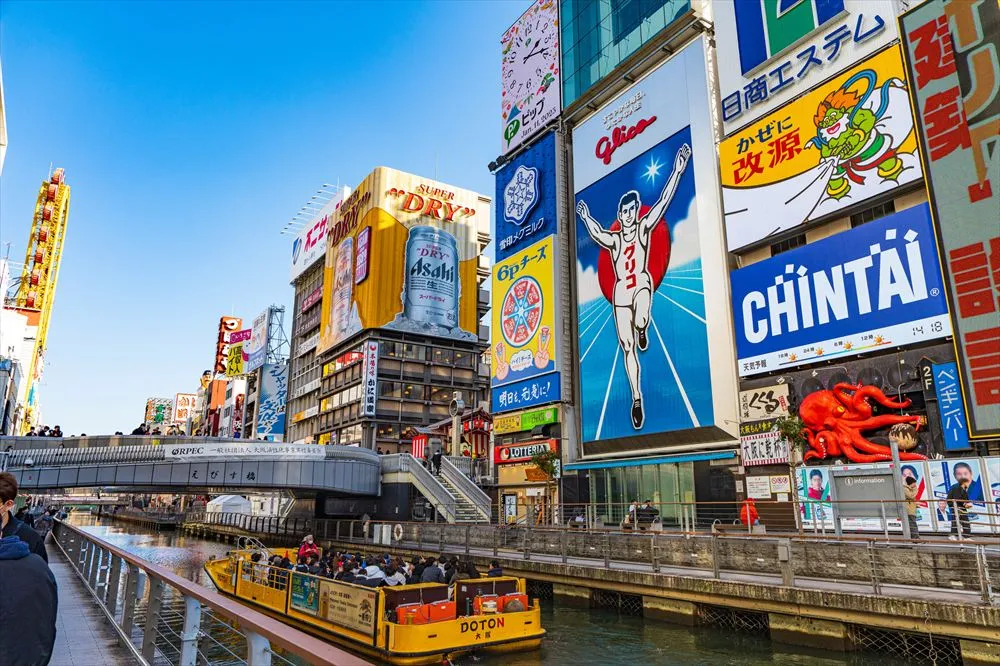
Explore Tokyo with the Yamanote Line! Major Station Guide
What is the Yamanote Line?
The Yamanote Line is a JR (Japan Railways) train route that loops through Tokyo’s central areas. It connects major terminal stations such as Tokyo, Shinagawa, Shibuya, Shinjuku, Ikebukuro, and Ueno, providing an incredibly convenient way to travel around the city.
The line’s color is light green (lime green), and there are no express or rapid services—all trains stop at every station. With no through services involving other lines, the Yamanote Line operates as a simple loop, making it relatively easy to navigate, even for first-time visitors to Tokyo.The Japan Rail Pass is also valid for travel on this line.
Yamanote Line Schedule
The Yamanote Line operates from just before 5:00AM until after midnight. Trains run every 3 to 5 minutes during most hours, though intervals may vary depending on the time of day. A full loop around the line takes approximately 60 minutes. For a more comfortable journey, try to avoid peak commuting hours—usually from around 7:30AM to 9:00AM in the morning, and 5:30PM to 7:00PM in the evening.
Yamanote Line Map
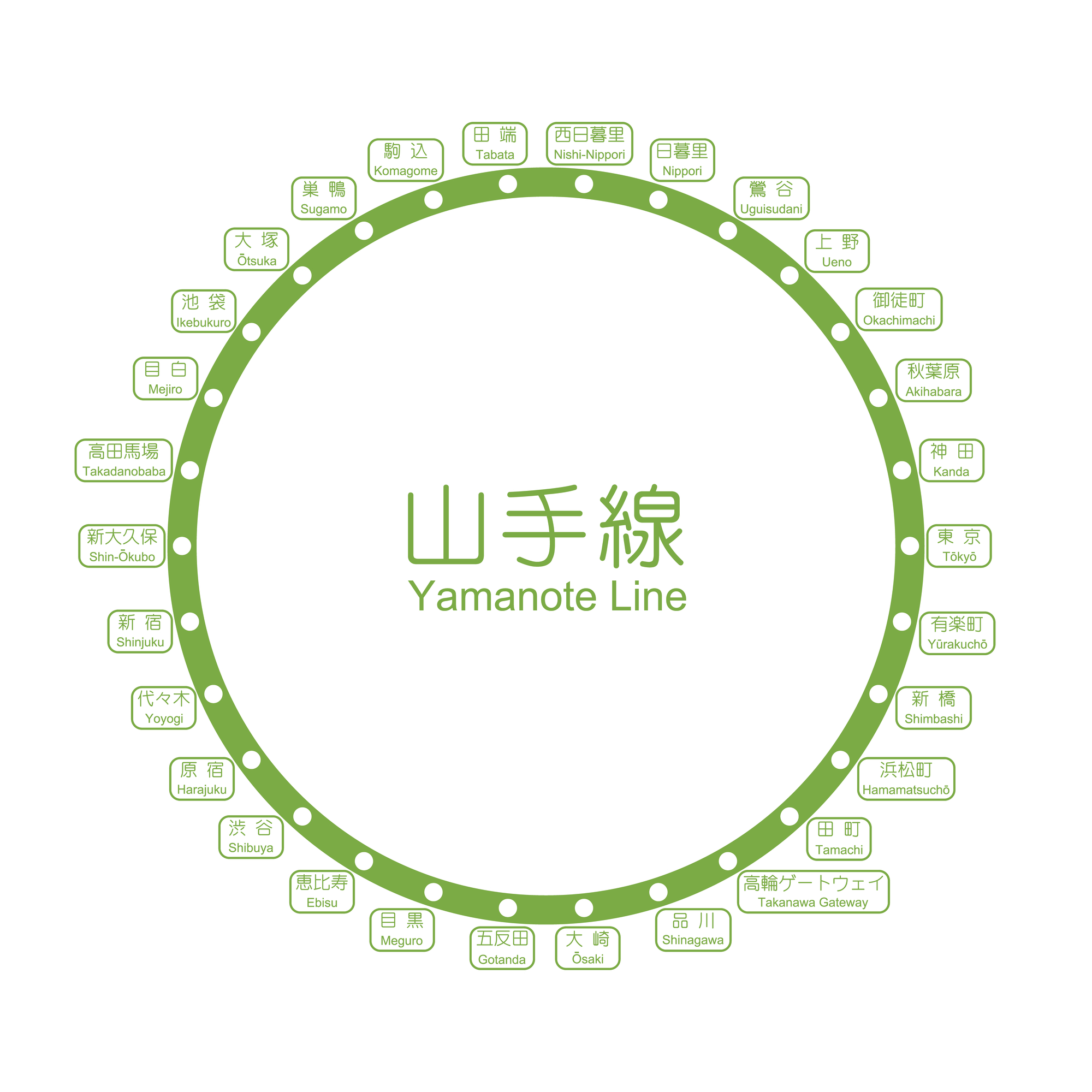
Major Yamanote Line Stations
Tokyo Station
Station Number: JY01
Platforms: 4, 5
Tokyo Station is one of Japan’s most iconic terminal stations. Inside, you’ll find a variety of souvenir shops, restaurants, and retail stores. The Marunouchi station building was originally constructed in 1914, suffered damage during wartime, and was restored in 2012. Its striking dome-shaped roof is a notable feature of its Western-style architecture, making the station itself a tourist attraction. Nearby, you’ll find the fashionable Marunouchi business district and the Imperial Palace.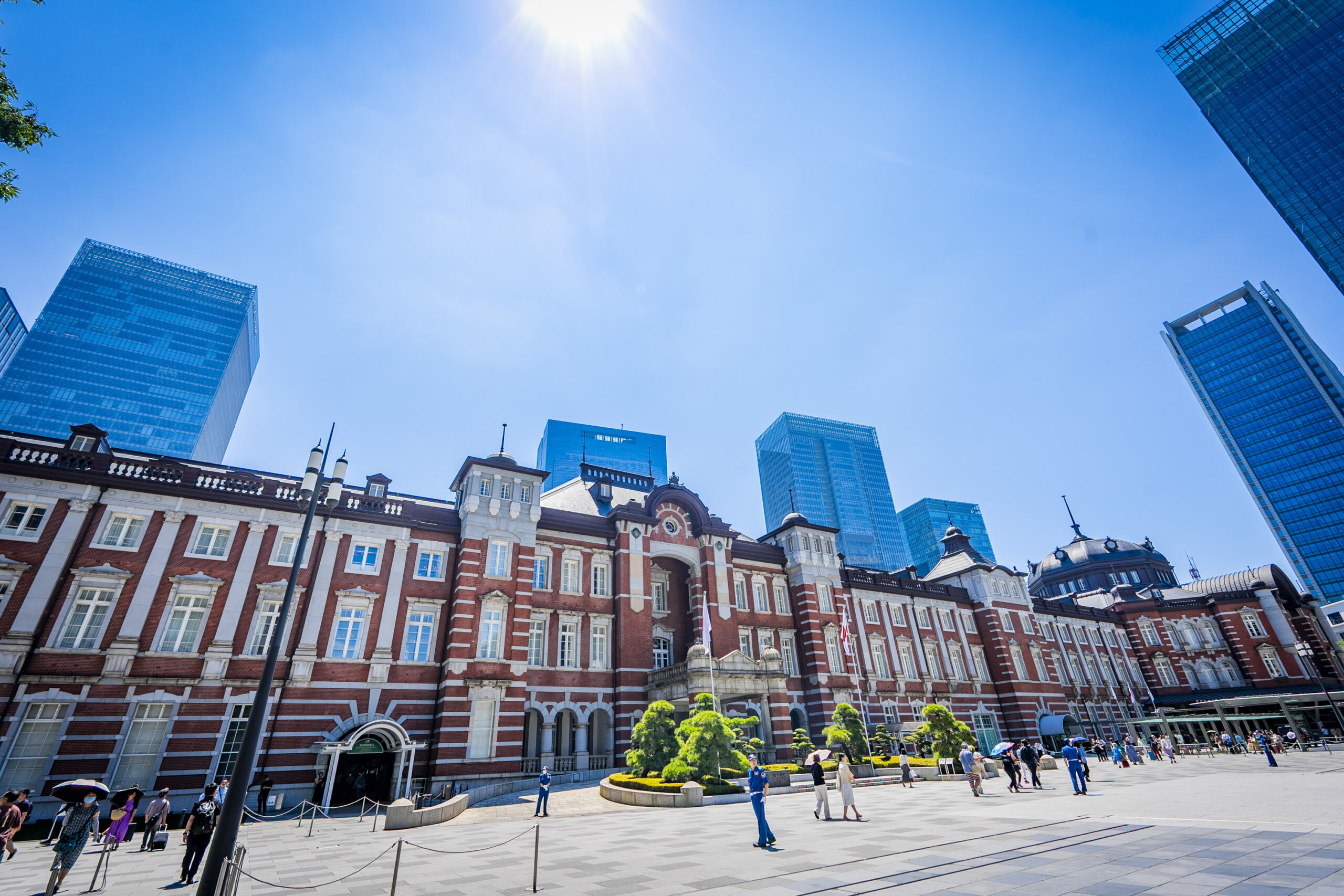
Shimbashi Station
Station Number: JY29
Platforms: 4, 5
Shimbashi is known as the “salaryman’s district” due to its concentration of office buildings and izakayas, popular with office workers. In 1872, the first railway line in Japan opened, connecting Shimbashi to Yokohama. It is also the starting point for the Yurikamome Line, an automated route that provides access to the bayside areas, including Odaiba and Toyosu.
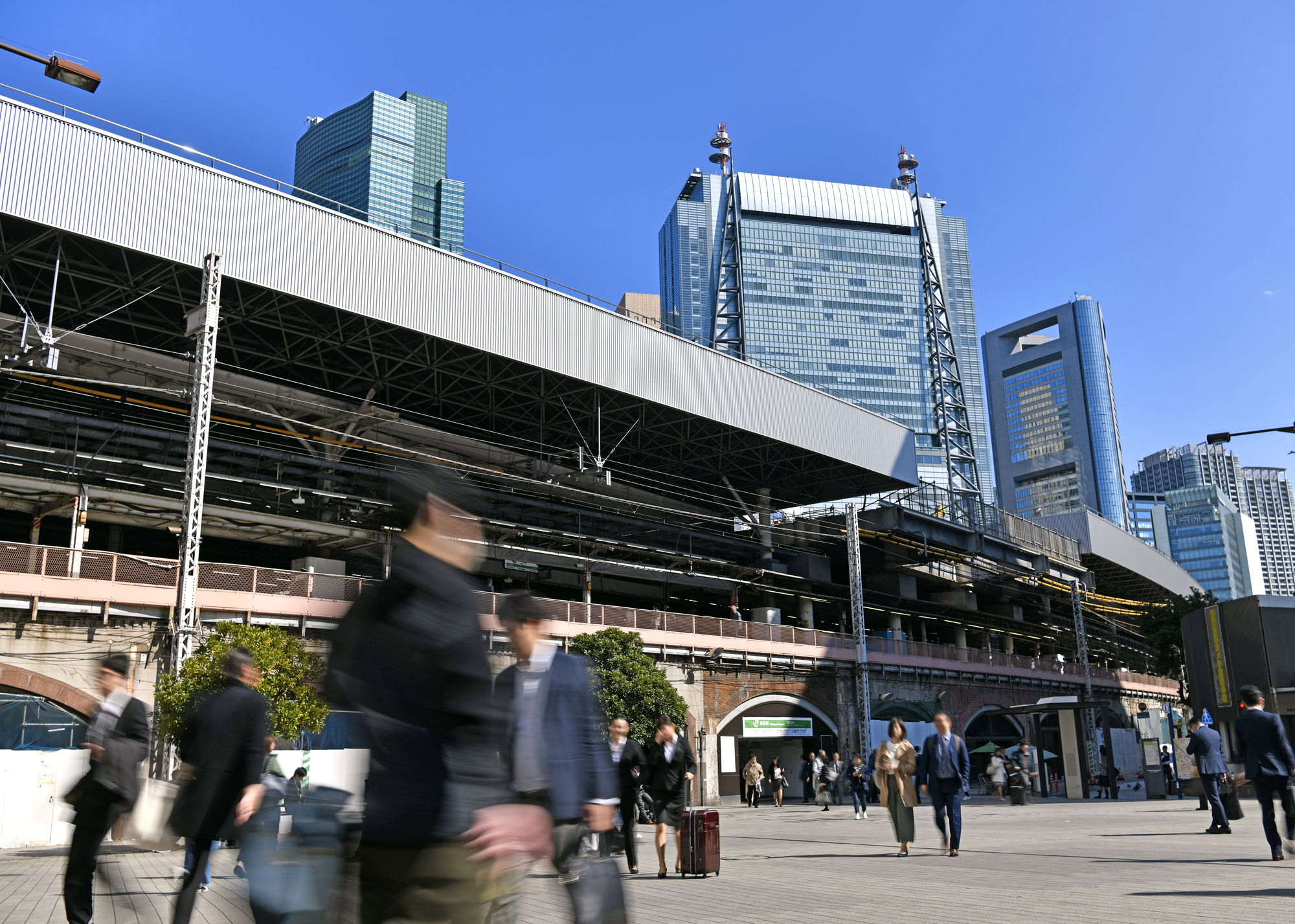
Hamamatsucho Station
Station Number: JY28
Platforms: 2, 3
Hamamatsucho is the starting point for the Tokyo Monorail, which connects Haneda Airport to central Tokyo. If you take a train heading toward Shimbashi, you’ll soon see landmarks like Tokyo Tower and Azabu-dai Hills on the left side. While it’s a business district, the area is also home to historical spots, including Zojoji Temple and the Kyu Shiba-rikyu Gardens.

Shinagawa Station
Station Number: JY25
Platforms: 1, 3
Shinagawa is a major terminal station, with numerous lines and trains, including the Tokaido Shinkansen, Keikyu Line to Haneda Airport, and the Narita Express connecting Narita Airport to central Tokyo. One of the station’s most striking features is the digital signage-lined, open passageway on the Konan Exit side, which has become an iconic and impressive space of the station.
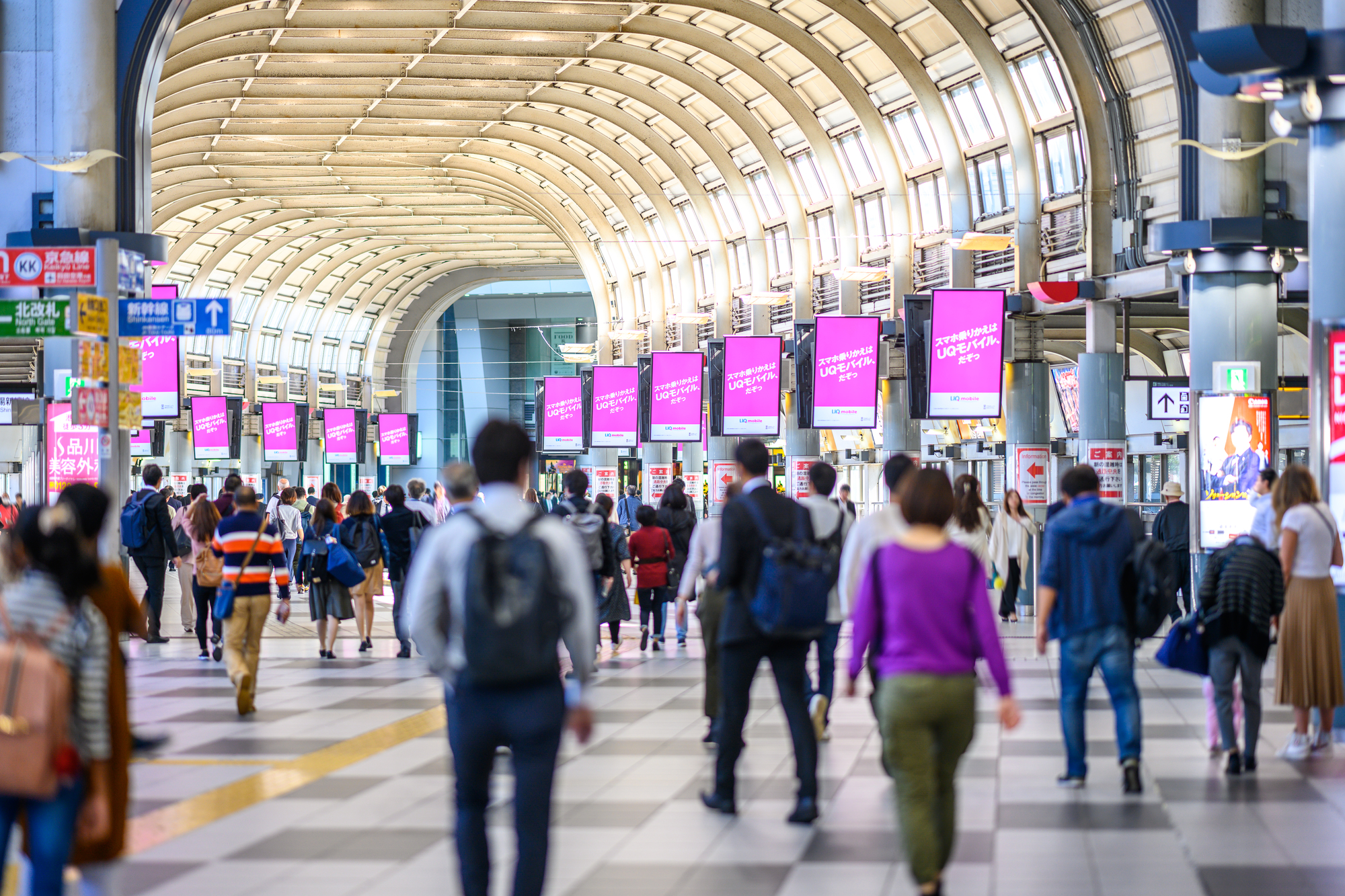
Shibuya Station
Station Number: JY20
Platforms: 1, 2
Shibuya is a hub for diverse fashion and culture, and one of Japan’s most vibrant commercial districts. The famous Shibuya Crossing, the statue of Hachiko the loyal dog, and the 229-meter-high observation deck “SHIBUYA SKY” at Shibuya Scramble Square are just a few of the iconic spots located just a short distance from the station, making it a central area filled with Tokyo’s most recognizable landmarks.
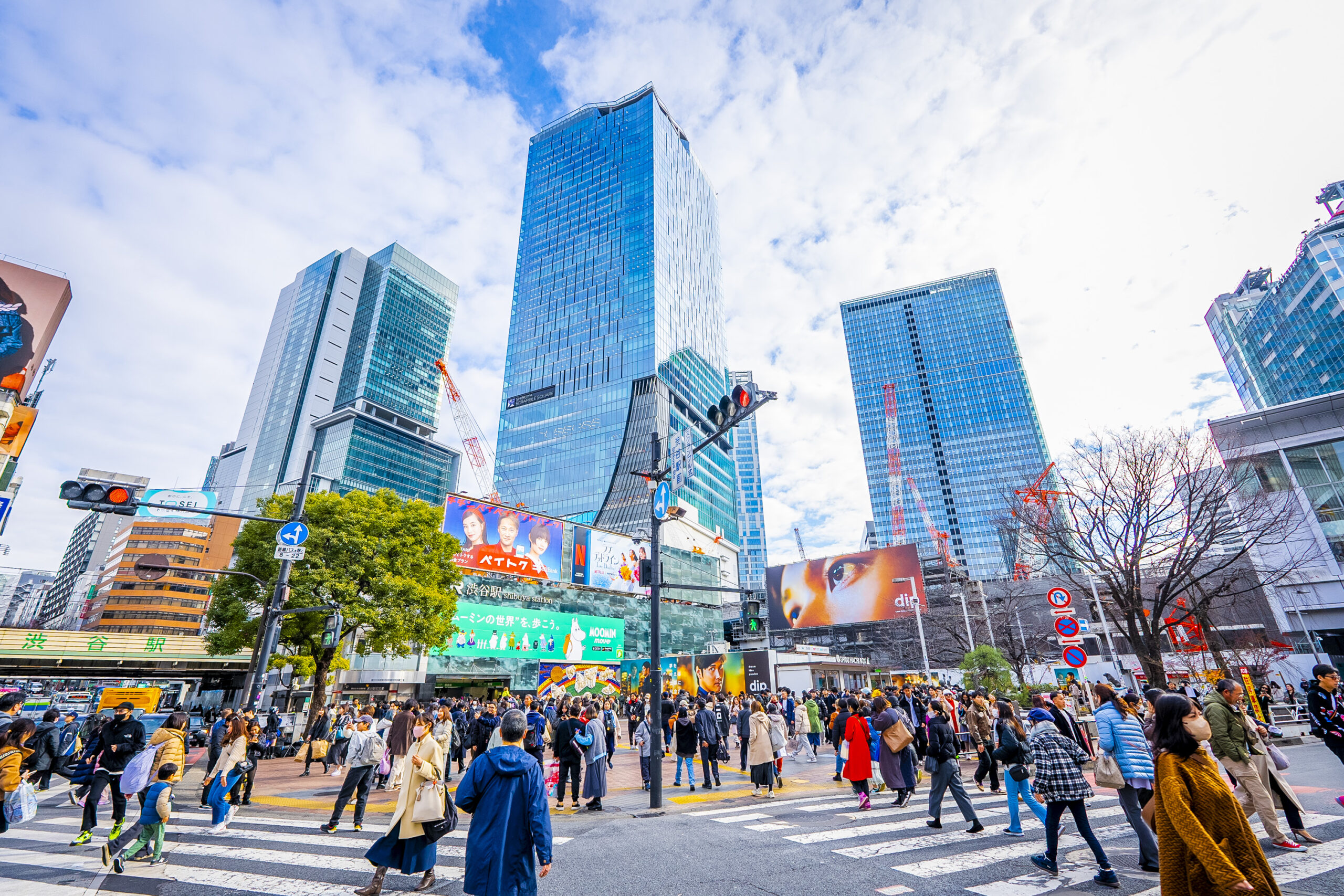
Harajuku Station
Station Number: JY19
Platforms: 1, 2
Just in front of the station is Takeshita-dori Street, a lively area filled with unique fashion boutiques, accessory shops, and popular treat stands such as crepes. Nearby, you can find Omotesando, lined with high-end brand stores, and Meiji Shrine, a vast, peaceful forest offering a glimpse into Tokyo’s diverse scenery.
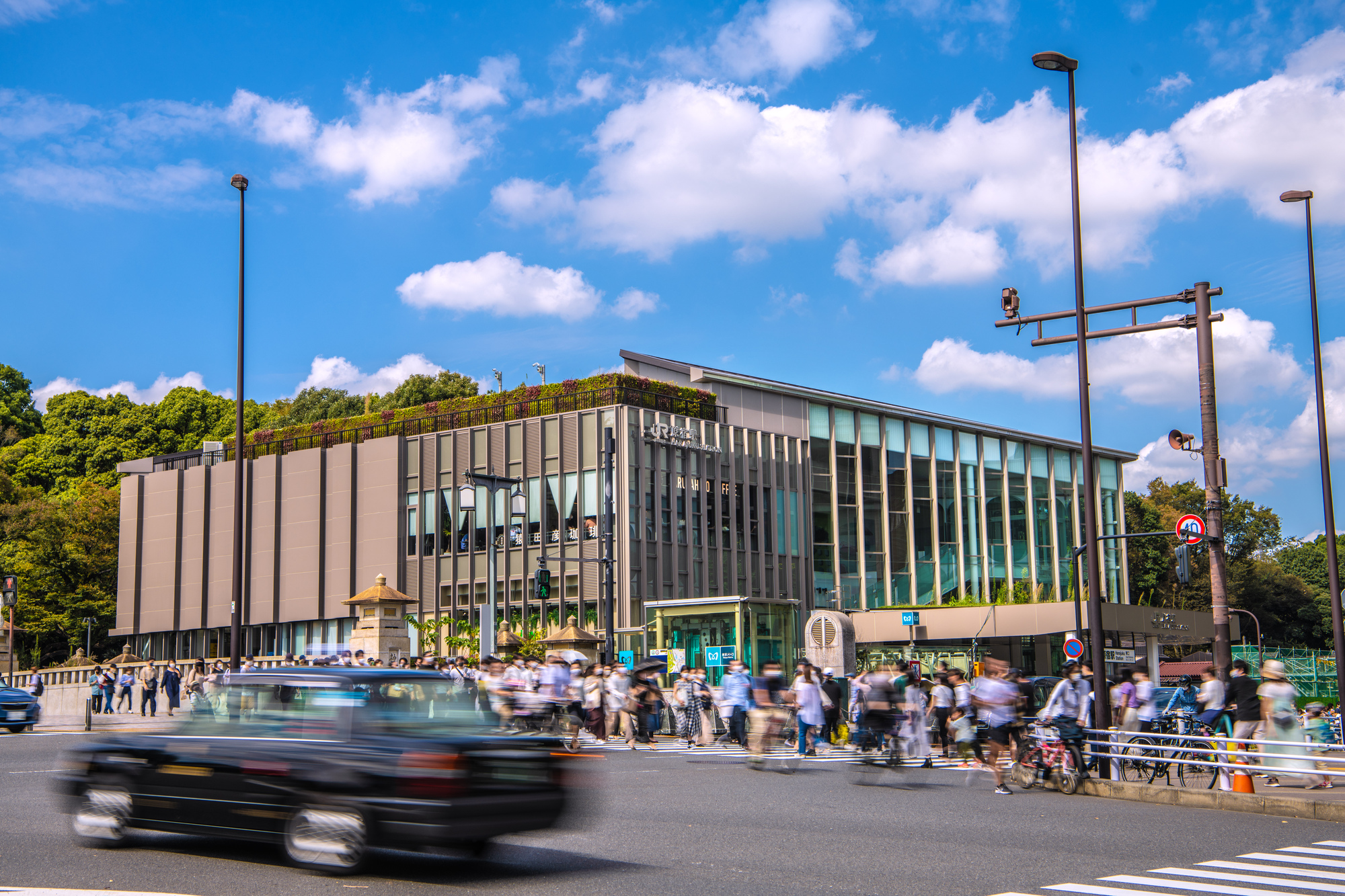
Shinjuku Station
Station Number: JY17
Platforms: 14, 15
Shinjuku Station is the largest railway terminal in the world by daily passenger numbers. It serves multiple JR lines, as well as the Odakyu Line, Keio Line, and several subway lines. With numerous ticket gates, the station has a highly complex structure. To the east, you’ll find the lively Kabukicho district, which is bustling day and night, offering vibrant nightlife and entertainment.
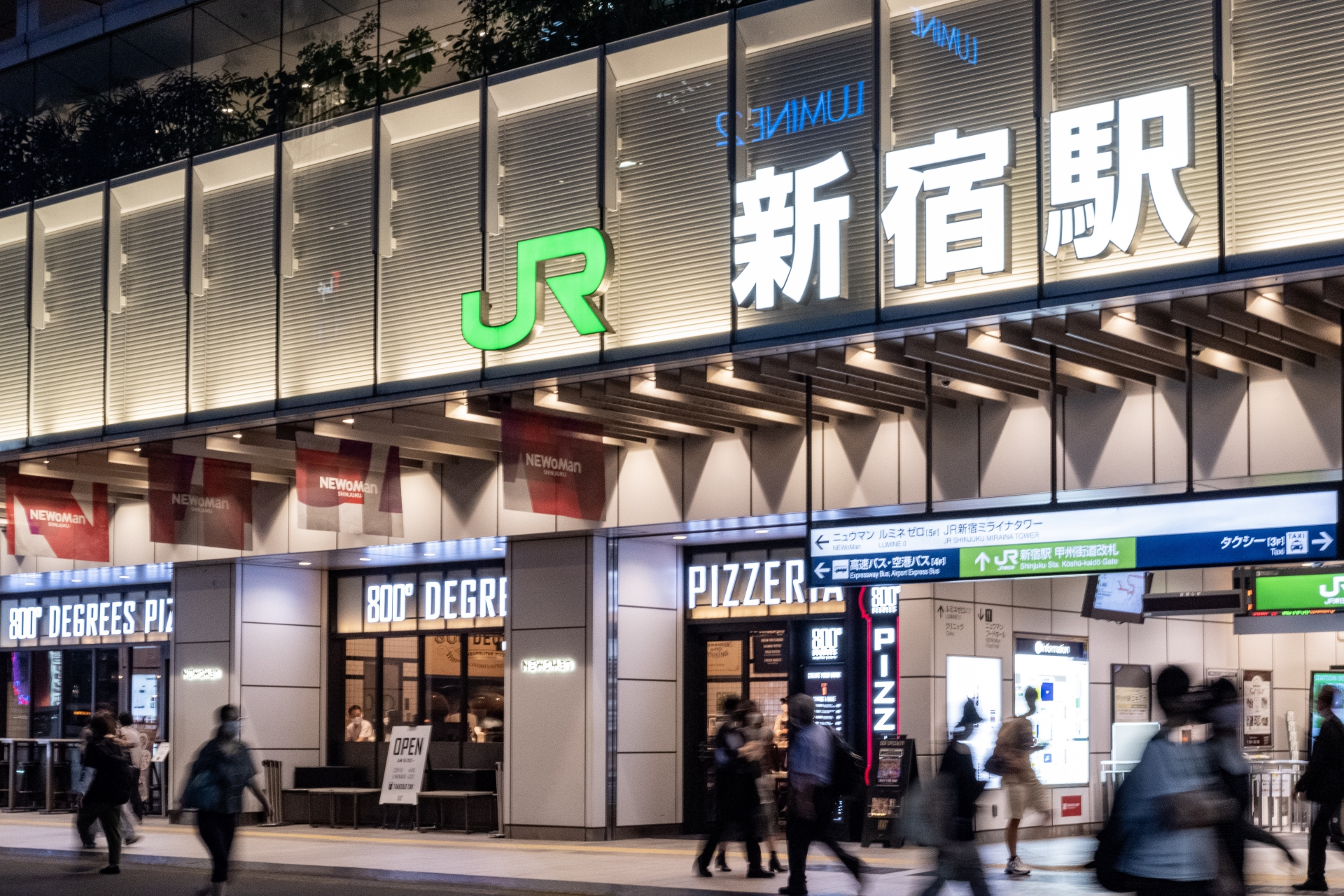
Ikebukuro Station
Station Number: JY13
Platforms: 5–8
Ikebukuro is a cultural and artistic hub, home to large department stores, commercial complexes, and a variety of shops and museums dedicated to manga and anime. The area also features theaters offering various performances. Several private railway lines also connect at Ikebukuro Station, with express trains departing for nearby tourist destinations such as Chichibu in Saitama Prefecture and Nikko in Tochigi Prefecture.
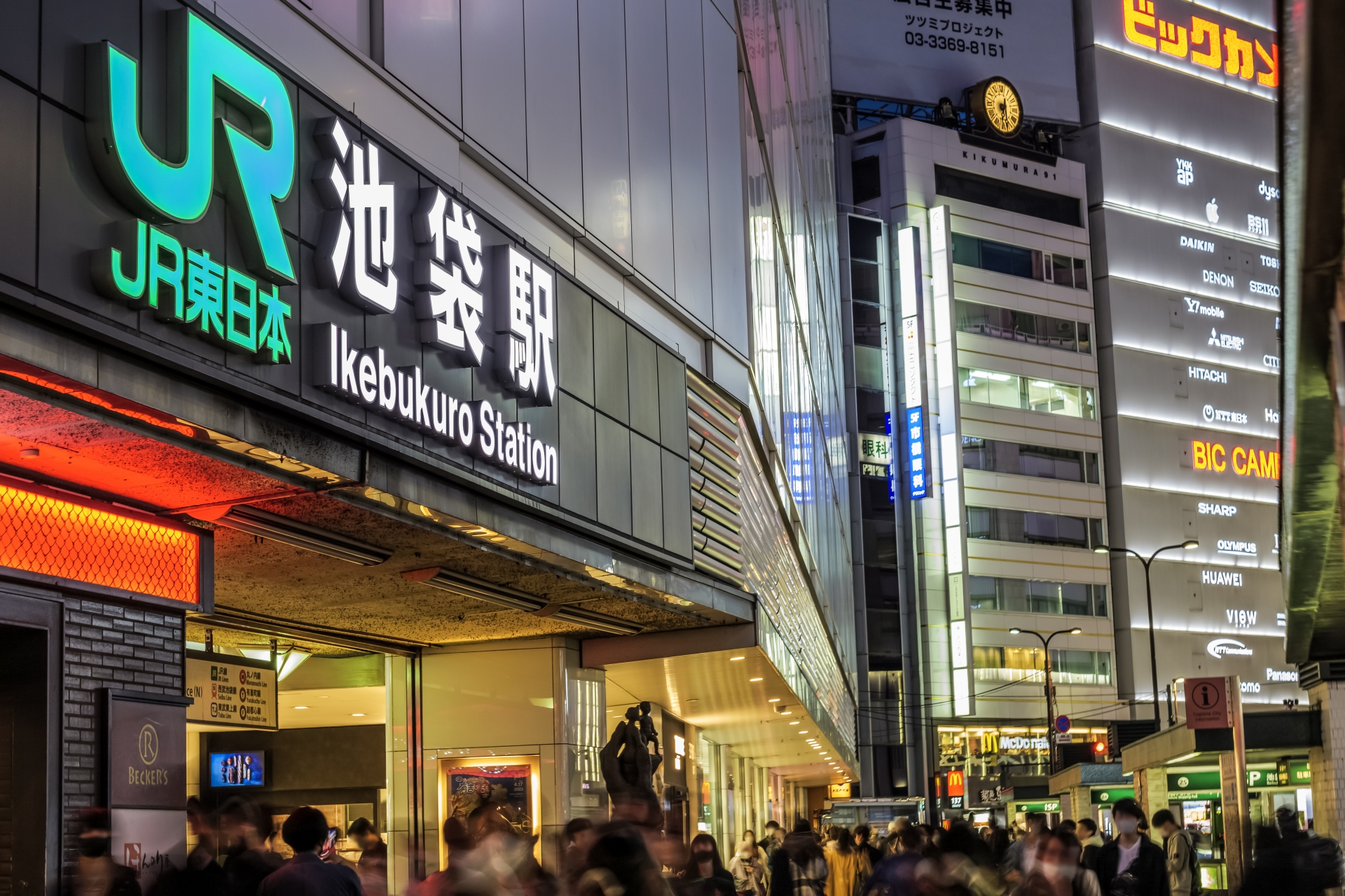
Ueno Station
Station Number: JY05
Platforms: 2, 3
Ueno is home to several museums, art galleries, and Ueno Zoo, as well as Ueno Park, which is famous for its cherry blossoms. “Ameyoko” (Ameyoko Market), lined with stores selling food and daily goods, offers a lively atmosphere perfect for shopping and dining. Nearby Keisei Ueno Station is the starting point for the Keisei Skyliner express train, which provides access to Narita Airport.
